Learn how to get the most out of your trail camera and how to conduct a successful baited trail camera survey with this step by step guide
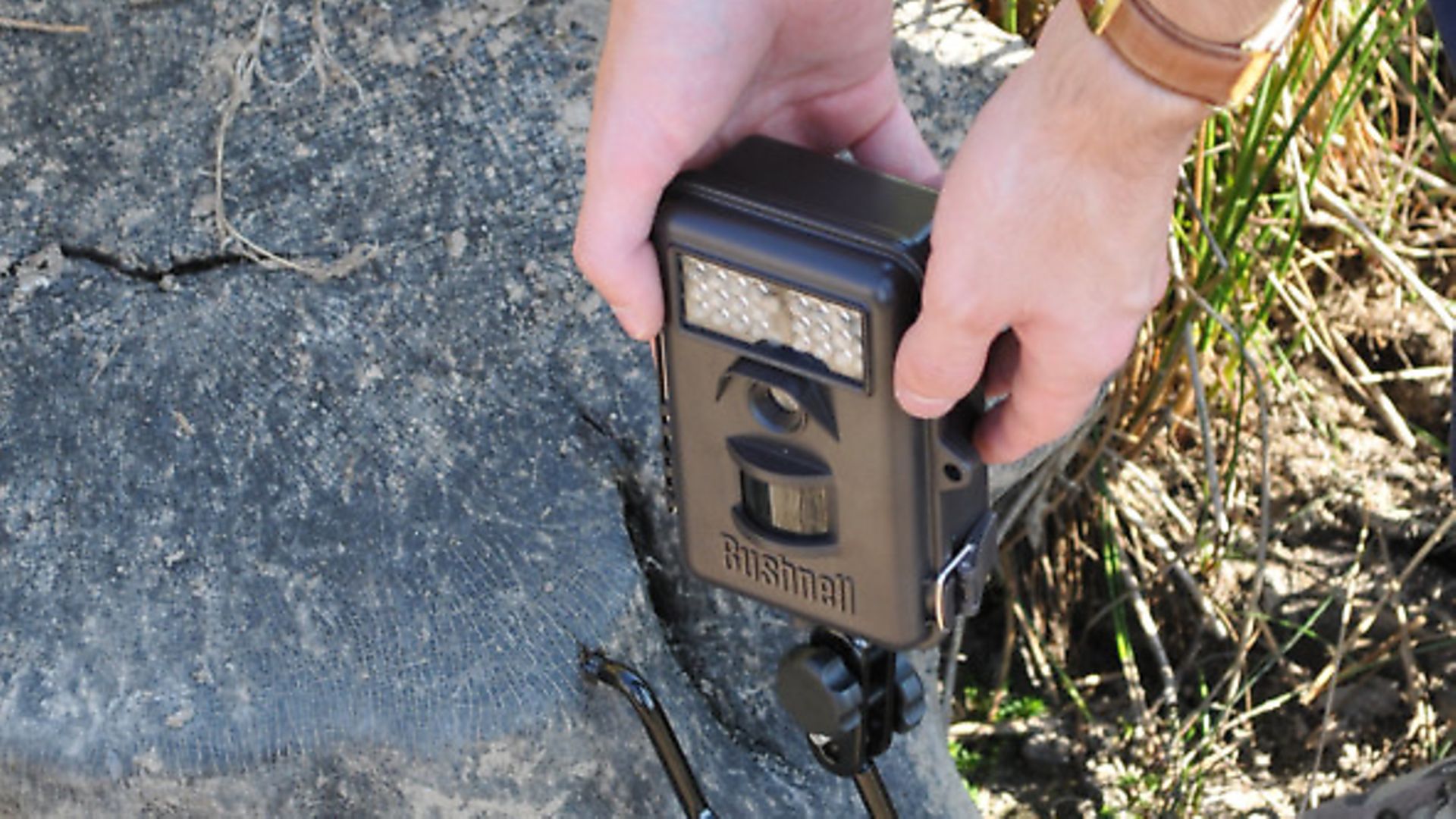 credit: Archant
credit: Archant
How to get the best out of your Trailcam:
* Do not be tempted to go for the cheapest Trailcam you can find. There are a huge number of ‘cheap and cheerful’ models manufactured in the Far East, and then there are the pitfalls of buying grey imports from the Internet. Buy a well-known brand – Bushnell have an excellent range of products at sensible prices. If you want a ‘Rolls Royce’ Trailcam, look at the Reconyx products.
* Consider the choice of night illumination; white flash, or standard infrared where passers by can see the red glow from the LEDs if looking directly at the camera. There is also the question of ‘IR awareness’ that some have noted with some deer species. The awareness can actually lead to some animals avoiding the area that is illuminated – this has been noted in whitetail populations in the US and I have noticed it with some fallow deer. I find the safest option is to go for ‘black IR’ – no glow from the cameras IR LED illuminators and pretty much ignored by all mammals.
* Ideally, position the camera facing north. If this isn’t possible face it south. If the camera is facing west or east then there is the possibility that the rising or setting sun, at a time when deer may be becoming increasingly active, will spoil your images.
* Face the camera into cover. If the camera is facing into an area with little cover the camera will be triggering too early and a close up image may be missed if your camera has a recovery time between triggers.
* Clear any light foliage that may be moved by wind and cause ‘false triggers’.
* Place the camera at about 80 to 90 centimetres high and secure with a suitable security lock, such as a Master Python Lock. This will achieve two things: avoid the camera triggering with rabbits in close proximity; and, probably more importantly, stop the camera being stolen. In the five years I have never had a camera stolen when using a Python.
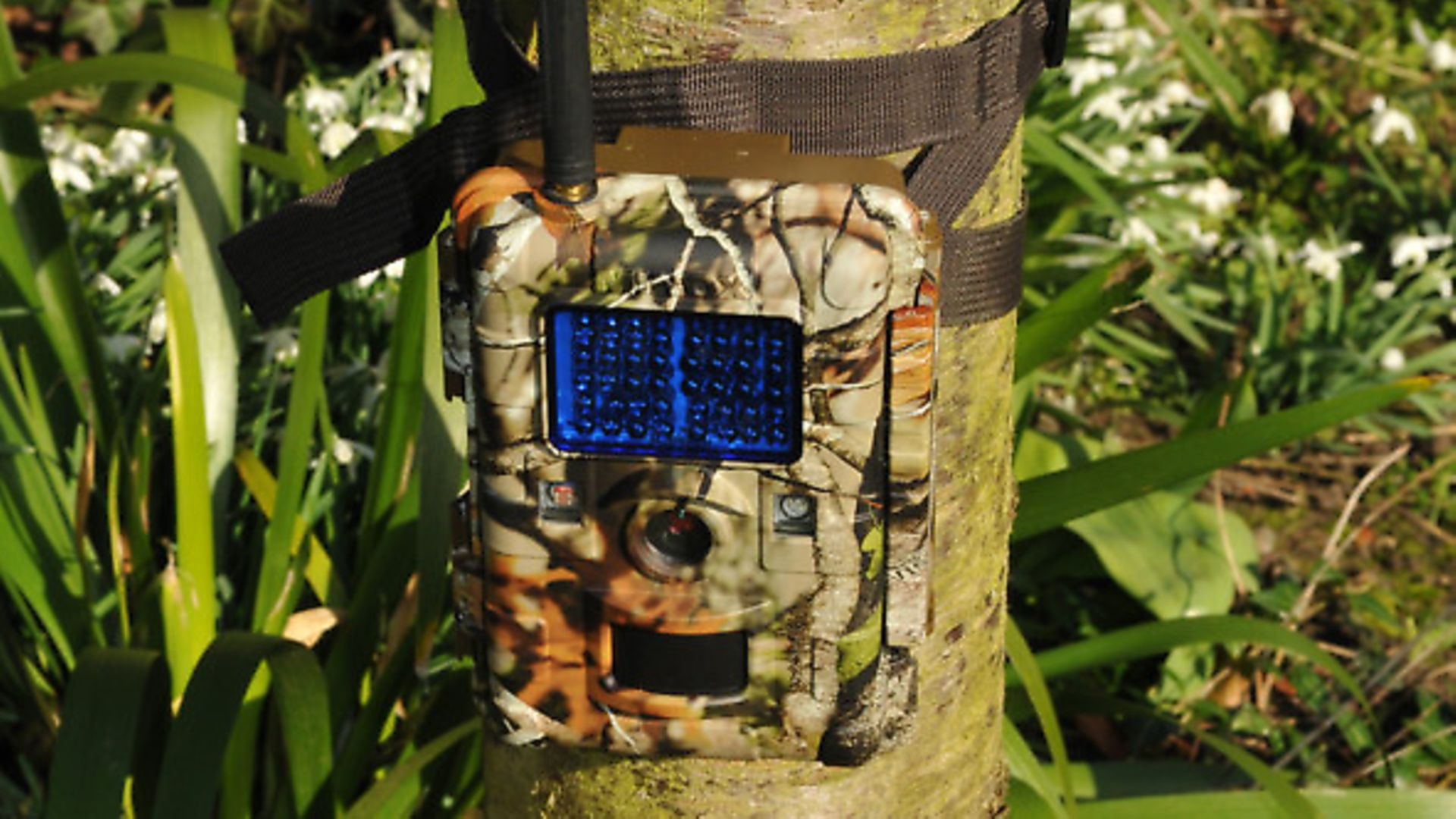 credit: Archant
credit: Archant
The ‘trail cam’ – also known to scientists as the ‘camera trap’ – has become increasingly common in the UK over the last few years. In the US it has been in use since the early 1990s. The ability to monitor areas 24 hours a day, seven days a week, with minimal human disturbance adds a whole new dimension to the gathering of data. So how do we use this technology to increase our effectiveness and show other interested parties just how effective we are as deer managers?
I think it’s fair to say that the first thing that springs to mind is ‘What value will I get from having one of these devices?’. The first answer is obvious – catching the buck of a lifetime! However, one of the more important uses is monitoring the population fluctuations on the land you manage. Estimating deer numbers in a lowland or woodland environments has proved to be extremely difficult. In general, only trends in populations can, at best, be the result. However, ‘trail cam’ surveys have been scientifically proven to be one of the most accurate methods of monitoring deer numbers, and there are two well-proven techniques to achieve a reasonably accurate result.
In the US, maize is recognised as the ideal food source for a baited survey. In this scenario, cameras are evenly deployed across the property to be surveyed at an ideal rate of one camera per 100 acres, and the results are collected from the data cards after 10-14 days. The number of individual bucks, identified by their unique antler configuration, is used to calculate an estimate of the actual number of does and fawns, which are represented by all the antlerless deer photographed during the survey. This method was found to be around 80% accurate when used on known populations of white-tailed deer in the US. These calculations derive from previous scientific experiments using capture, mark and release programmes. With baited surveys you must be careful not to run into issues of legality. Baiting for a ‘trail cam’ survey is not illegal; sitting in a high seat, waiting for deer to arrive, and then shooting them at any ‘bait station’ is illegal; however shooting deer while they are travelling to or from the bait station is not.
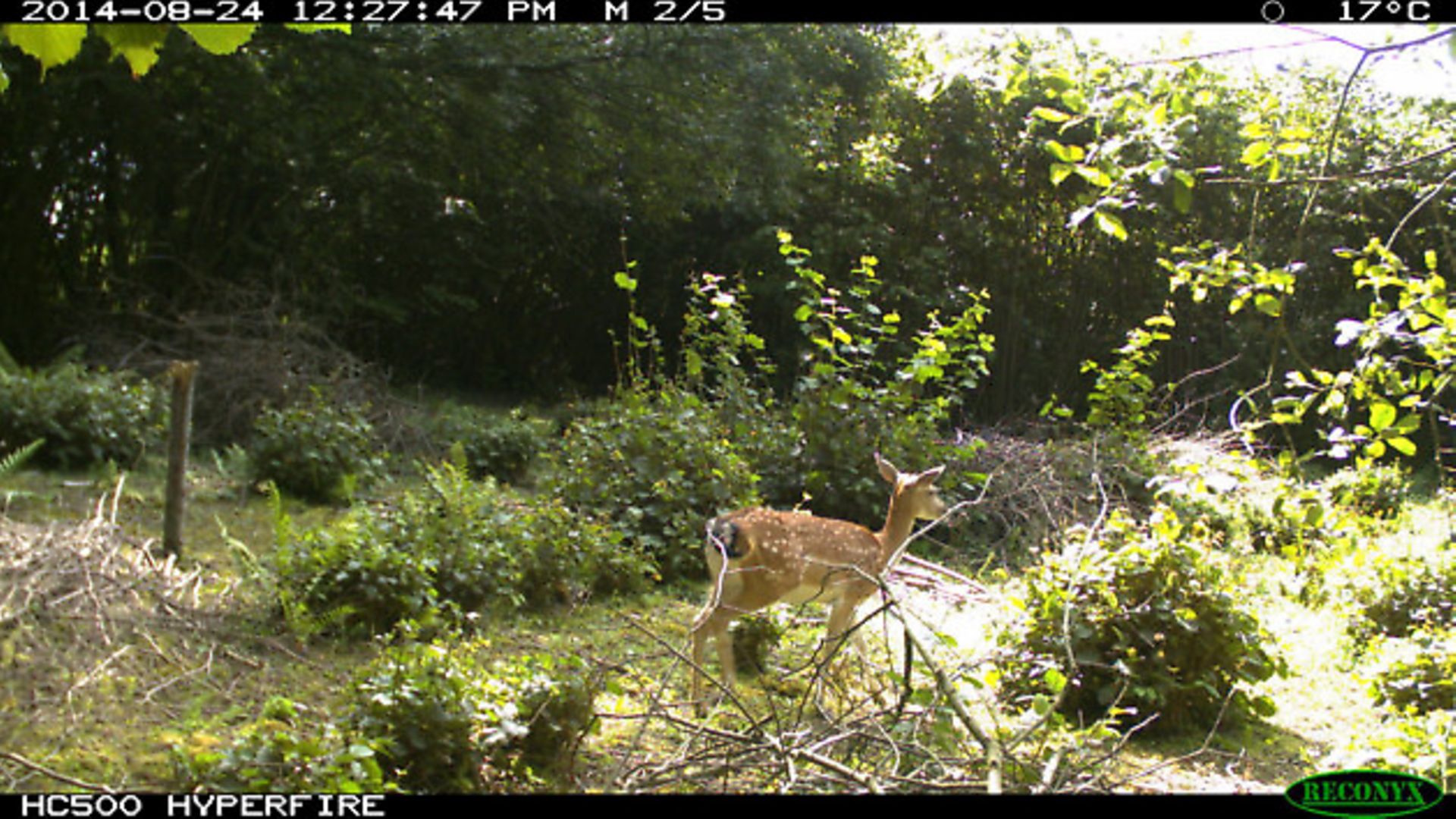 credit: Archant
credit: Archant
HOW TO CONDUCT A SUCCESSFUL BAITED TRAIL CAMERA SURVEY:
n Clear any ground-level debris at each camera site to allow for clean images of deer. Orient the camera so that it faces north to avoid backlighting caused by sunrise or sunset.
n Locate the camera approximately 12-20 feet from the bait, with the bait pile in the centre of the image. Precise set-up varies with camera model.
n Set the delay for no less than five minutes to keep the number of images manageable.
n Once each site is ready, pre-bait for 7-10 days. Turn cameras on during this phase and monitor photos to ensure cameras are working and camera set-up is good (for example, check the deer are not too close or too far from the camera).
n After 7-10 days, if deer are responding to your bait and traffic at each site is strong, begin the active survey phase (photos from this phase should be kept separate from older photos and saved for later analysis).
n Maintain the survey phase for 10-14 days. (In research, 14 days captured 90% of all unique deer; 10 days captured 85% of unique deer, which is adequate for the survey if expenses have to be minimised.)
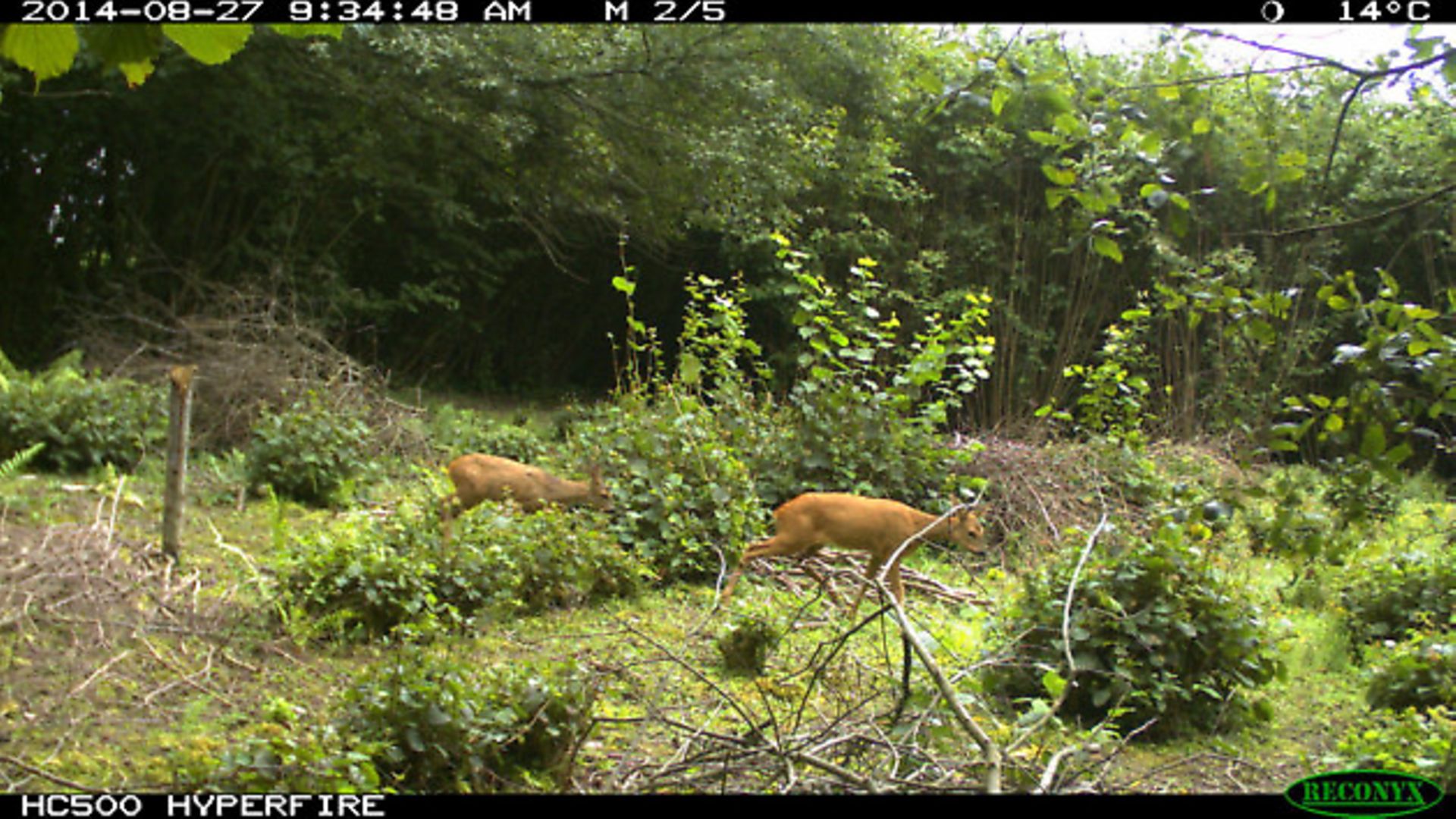 credit: Archant
credit: Archant
n Refresh memory cards, batteries and bait as needed, but otherwise keep human activity to a minimum. Wear rubber boots and gloves, and practise scent-control measures whenever you visit the sites.
n Collect cameras and compile images. Count the total number of bucks, does and fawns. ‘Fawns’ are all deer under one year of age, including button bucks. ‘Total’ counts include known repeats of individual deer. Do not count deer you cannot identify as a buck, doe or fawn.
n Study photos closely to count unique bucks based on recognisable antler and/or body characteristics; ask for second opinions from friends or a consultant. For example, you may have a total of 100 buck images, but only 10 unique bucks in total. Your ratio of unique bucks to total bucks is therefore 1:10, or 10% (0.10).
n Multiply your ratio of unique-to-total bucks by the total does and fawns, to come up with an estimate of unique does and fawns. For example, if you have a total of 200 images of does and multiply it by your 0.10 ratio, you get an estimate of 20 unique does.
n Apply a correction factor to your estimates. If you ran the survey phase for the full 14 days, then you should multiply each of your buck, doe and fawn estimates by 1.11 to adjust for deer you may not have photographed. If you ran the survey phase for 10 days, multiply by a correction factor of 1.18. The results are your adjusted estimates.
n You now have an estimate of the deer population separated by bucks, does and fawns. Use this data to produce estimated deer density, buck to doe ratio, and fawn to doe ratio. Sort unique bucks by estimated age to evaluate age structure.
n Repeat the survey annually or as regularly as possible, using the same method, timing and camera sites, so that you can monitor trends in herd characteristics.
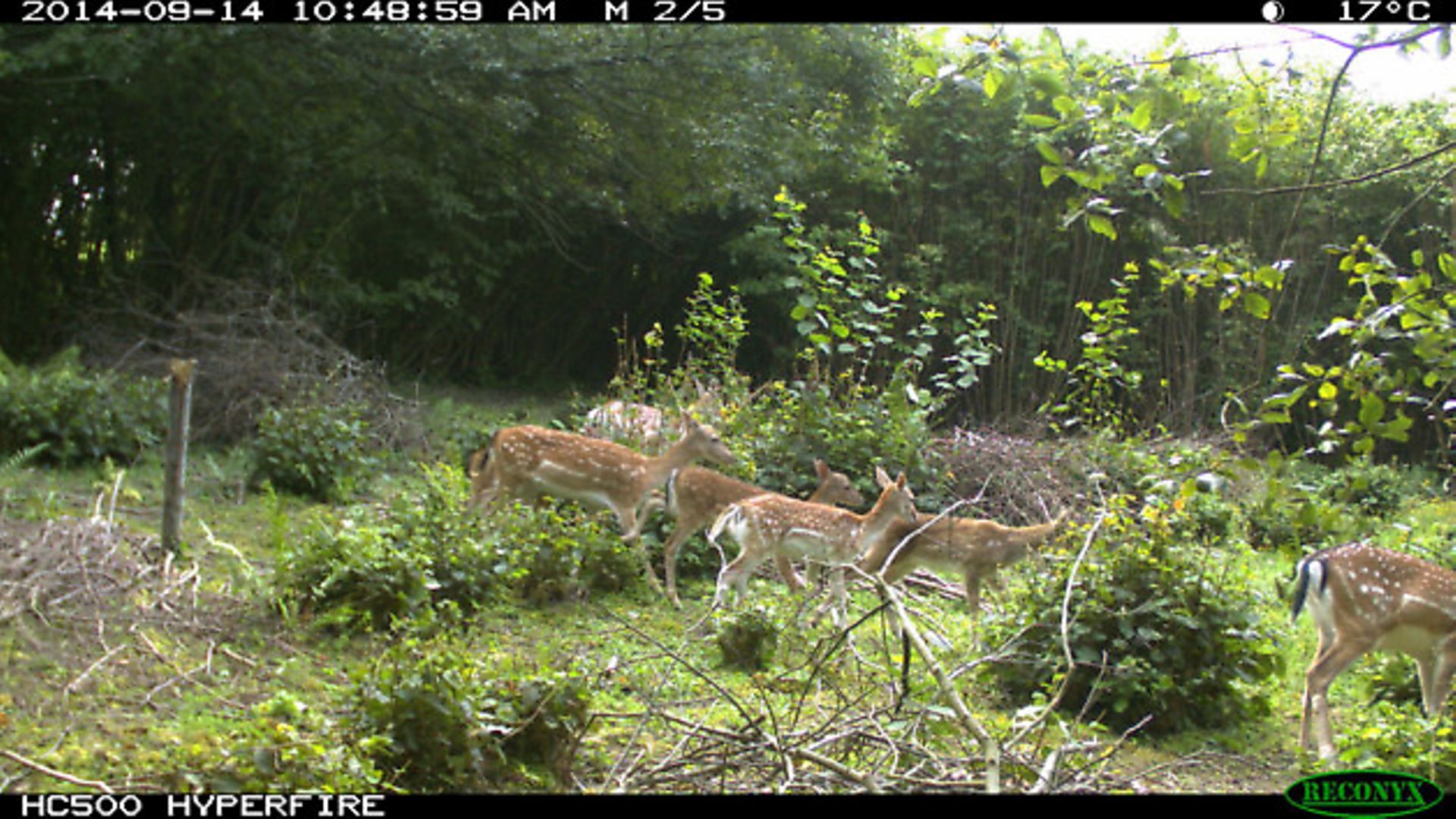 credit: Archant
credit: Archant
More recently, non-baited surveys have become more popular. Non-baited surveys attempt to capture the deer going about their daily routine. For this to work, the cameras need to be taken to the deer, rather than the deer attracted to the cameras; this means regularly-used racks and bedding areas need to be identified. A decent map and satellite overlays are a huge help when identifying pinch points where animals move between areas of cover, not forgetting streams and woodland gullies that provide ideal cover for movement between bedding and feeding areas. Cameras are usually placed for the entire season; when there are multiple species of deer present the cameras may well be left in situ for the whole year. Comparing year-on-year data can highlight differences in how deer use an area, varying their movement activity due to influences of food sources, stalking pressure, and disturbance from people and dog walkers.
Herd composition estimates that provide unbiased data – such as adult sex ratios and fawn recruitment – should be gathered by this method. Trying to gather this type of data by solely targeting scrapes, fraying and rutting stands will only provide a distorted picture of the situation, as will bait surveys. n
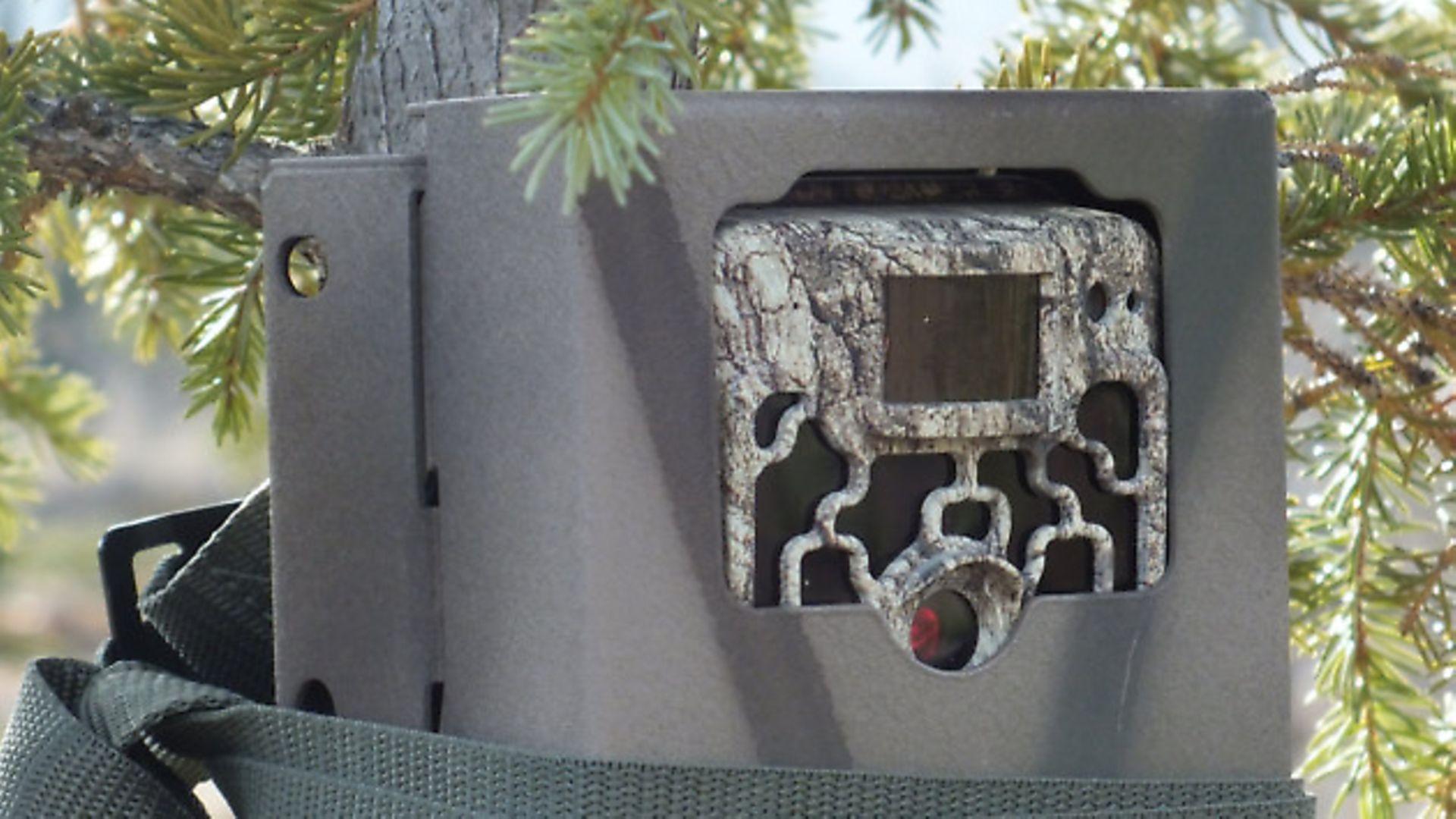 credit: Archant
credit: Archant